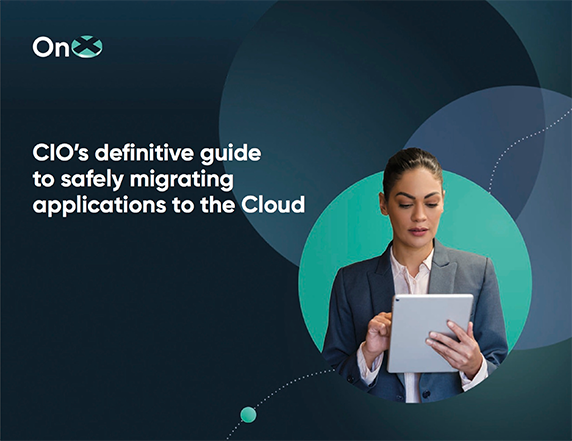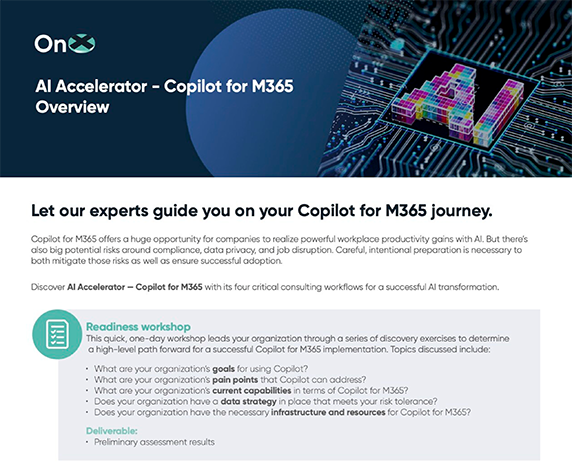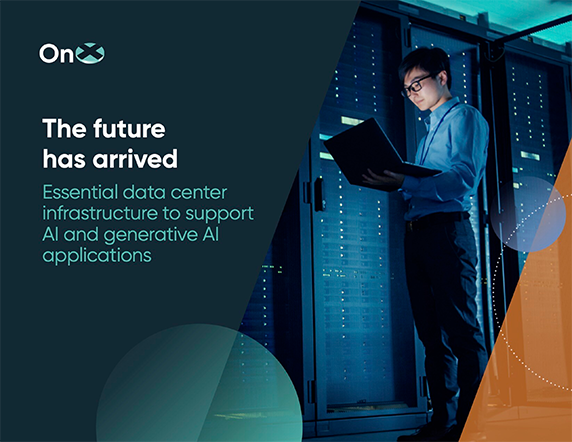
As investments in enterprise AI implementations grow, organizations must face a key challenge: protecting their networks and the sensitive data that fuel those new enterprise AI systems.
Sophisticated managed services providers like Palo Alto Networks have tailored its network security solutions to address this new field of risk. In the case of artificial intelligence (AI), the same technology that exposes a business to risk (AI) can also combat that risk. Palo Alto Networks’ most recent upgrades to its Prisma networking platform showcase its use of AI to take cybersecurity to the next level.
Read more: Key networking challenges for AI implementation: Bandwidth, security, and sustainability
What’s at stake: The heart of enterprise AI
AI code, training, and sources of data are at risk
Enterprise AI models are trained on massive data sets to help them make decisions or recommendations with business-specific nuance. When given a prompt, the AI model uses that data, prioritizing and interpreting it, to generate a response—whether through an autonomous virtual agent that helps customers or an answer to an analytics query. The data on which an organization’s AI model is trained is sometimes sensitive or proprietary—and therefore attractive to malicious actors.
Even though enterprise AI is relatively new, hackers have already found ways to attack these systems. They’re called “adversarial” or “backdoor” attacks, and they include:
- Data poisoning: Inputting damaging information into an AI training dataset could cause the model to make the wrong decisions or misunderstand prompts.
- Model tampering: Changing a model’s biases or parameters to affect its behavior may change its future reactions and conclusions.
- Prompt injection: Inserting specific words or instructions into prompts to trick an AI model into behaving contrary to its guardrails.
- Deserialization: Exploiting a part of the data recall process to run malicious code.
How Prisma AIRS can protect your AI assets
Prisma has unveiled a new tool in the Palo Alto Networks security solutions arsenal: Prisma AIRS. Through state-of-the-art scanning tools, it safeguards AI system data, models, apps, and agents from attackers. In addition, AIRS offers posture management to help organizations improve their total AI security position. AI Red Teaming also performs penetration testing to assess vulnerability.
Stopping data leaks and unwanted AI use
Data is the lifeblood of any organization—one of your most valuable assets. Because it’s used to train enterprise AI models, a data breach could damage those models and harm your business. But it’s difficult to control where data goes. Employees must sometimes share information not only with each other but with outside contractors. Your employees are likely turning more often to external AI tools like ChatGPT to help them do their jobs, potentially sharing sensitive data while inputting prompts and exposing your business to risk.
Prisma Access keeps data where it belongs
Prisma Access, Palo Alto Networks enterprise browser, can secure your enterprise network’s service edge to protect business-critical data. It works with your network security policies and solutions to guard against data loss, prohibiting screenshots, copying, and sharing data when inappropriate. It can also anonymize sensitive information and restrict access to suspicious sites.
With Prisma Access, businesses gain insight into the AI tools their employees and contractors are using. That means you can set network security policies, adding another layer of data loss prevention. Moreover, Prisma Access can improve connectivity to enterprise services beyond what’s available with traditional browsers.
Also read: Strengthen enterprise AI’s resiliency with Palo Alto Networks Prisma SASE
Prisma SASE improves threat detection
Shoring up your network security with innovative solutions also requires vigilance against malicious actors using AI to launch sophisticated attacks. The Prisma SASE platform uses AIRS and Access, just two of a suite of AI-powered tools, to respond to these kinds of attacks at scale. Prisma’s SASE uses AI in network operations to improve threat detection and respond with real-time insights about threats and network history. It also helps organizations automate responses and even autonomously initiate fixes. That saves precious time during an attack.
Prisma SASE also improves data categorization to boost its ability to respond to attacks. It can quickly review and tag huge amounts of data, identifying potentially sensitive material. That also helps network monitoring and performance. Prisma SASE can project network activity and check real-time activity against that projection, enabling it to spot and isolate suspicious behavior easily. The very technology that can open businesses up to more risks can also help protect them.
Protect your enterprise AI with Prisma SASE, backed by OnX
AI is a powerful new engine for business growth and productivity. However, it also exposes organizations to new risks, both to their data and networks. The ability to protect these assets will depend on having the right network security solutions, resources, and skills to manage the growth of enterprise AI.
OnX has decades of experience with enterprise network architecture and a deep specialization in the use of AI to protect networks and data. We can help you implement Palo Alto Networks solutions to keep data and AI infrastructure secure. OnX has more than 70 Palo Alto Networks certifications and specializations and is proud to be a Palo Alto Networks NextWave Diamond Innovator. Investing in enterprise AI? Make sure you take the steps required to protect that investment.
Explore how OnX and Palo Alto Networks Prisma SASE can deliver.
















